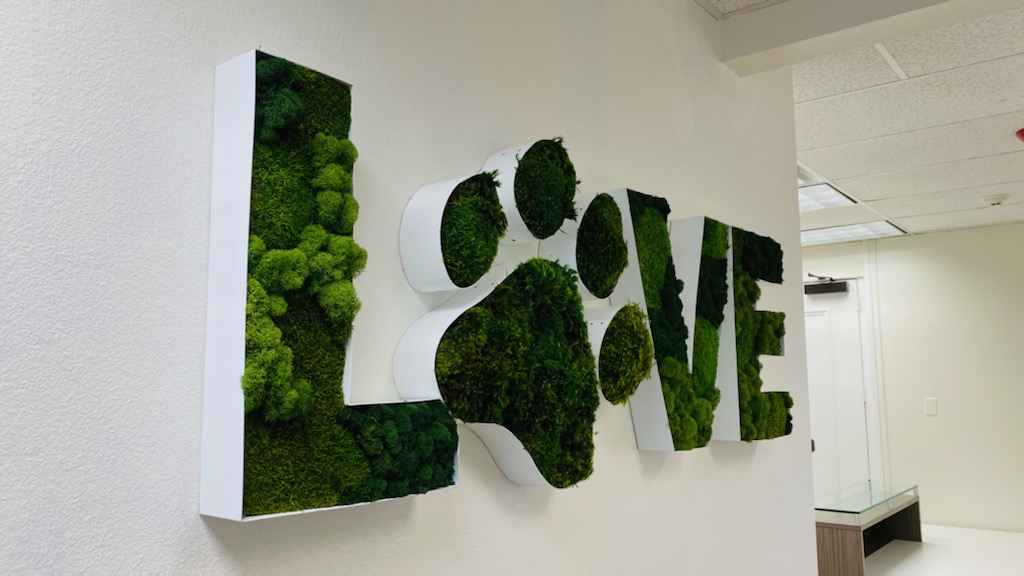August 29, 2012
4 Quick Steps to a Higher Gross Margin

4 Quick Steps to a Higher Gross Margin Today’s competitive signage sales environment (and the continued slow economy) can make it difficult to get a strong gross margin.
As a signage professional, what can you do about that? Here are 4 quick steps to help you with that issue, using a channel letter signage proposal as an example.
Insist on a Project Budget Number First, always get a stated project budget number in advance (“in advance” meaning prior to providing a formal quotation.) As last month’s post observed, prospects that are unwilling to provide a budget figure are likely to be “tire kickers” who are probably just seeking only the lowest price. Or they have already decided to use another vendor and only want to compare your quote to theirs. Don’t fall for that.
If your prospect answers your budget request with “we don’t have one”, then ask “where do I need to be to land this project?” If they don’t have a formal budget number, they probably have a ballpark number of what they’re willing to spend. If they answer that question with “I don’t know where you need to be”, skip it. It is probably a waste of your valuable time. Legitimate prospects will usually have a budget– and that number tells you if you can get a good gross margin from the project.
Emphasize Benefits in Your Proposal, Not Features Second, emphasize the benefits from the channel letter sign package, not the features. How do you know which benefits to emphasize? By asking “what do you want these new signs to accomplish?” when you meet with the client. A feature-oriented channel letter proposal emphasizes points like this:
* .03 acrylic faces
* .063 aluminum returns
* Constant current LED
* 3 channel letter signs in total – placed at these locations on the building
* Clinched and caulked seams
Zzzzz. I’m bored. As a retail sign prospect, I don’t know what most of this stuff means anyway. On to the next proposal.
A benefit-oriented channel letter sign proposal emphasizes items like this, directed specifically at the client’s sign package objectives:
* More sales (this is the King of signage benefits – use it!)
* Greater location visibility
* Brand building
* Increased top of mind consumer awareness
* Increased foot traffic
* Greater daily billings
NOW YOU’RE TALKING! These benefits will be much more likely to get the prospect’s attention, and to differentiate your proposal from your competition’s feature-oriented proposal. That gives you a better chance to get a good gross margin. Through your proposal, your client should be able to visualize the signage benefits. Paint a picture of what their work life will be like with these benefits in place.
Price by the Package and Justify your Price Third, in addition to your benefit proposal orientation, you need to justify your price. What does that mean? It means you need to give your prospect solid reasons why your price is worth it, particularly since you know it is probably not the lowest. How do you do that? By building a benefit-oriented sign package, not just another standard proposal. Remember that you are solving a problem, not just installing channel letter signage. Your signage package solves the prospect’s problem.
For example, your signage value package might include: * Conducting a thorough site survey – including checking all electrical accesses (your competitor may not have done this) * Obtaining all necessary sign permits * Meeting the client’s tight installation deadline * Offering a competitive warranty on your channel letters * Using higher quality raw sign materials * Using your own staff for signage installation (rather than sub-contracting) The point is – your signage package must justify your price and your value differences as a vendor. You know you perform some work activities better than your competition – make no secret of what those are. This is where your vendor differentiation points must be emphasized – and that will help you to get a better gross margin.
Deliver and Install on Time Last, make sure your deliver and install the project on schedule. Why is this so important? Because that single feature of your company has more influence than any other in your customer’s appraisal of your company’s performance as a vendor. If you want to keep customers, get referrals and generate consistently high gross margins, then you MUST deliver and install on time. Using those four points will help you to get better gross margins – even in this tough economy.
